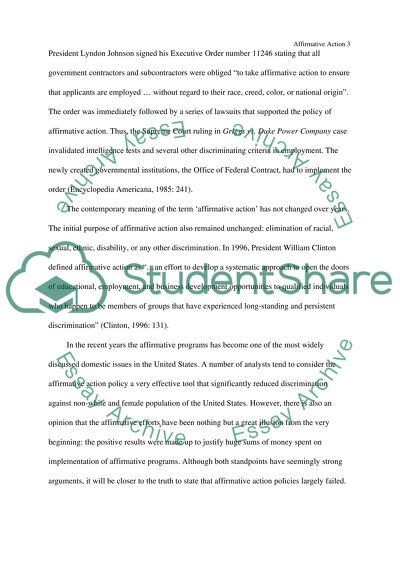Cite this document
(“Affirmative Action Policies Essay Example | Topics and Well Written Essays - 1750 words”, n.d.)
Retrieved from https://studentshare.org/miscellaneous/1502966-affirmative-action-policies
Retrieved from https://studentshare.org/miscellaneous/1502966-affirmative-action-policies
(Affirmative Action Policies Essay Example | Topics and Well Written Essays - 1750 Words)
https://studentshare.org/miscellaneous/1502966-affirmative-action-policies.
https://studentshare.org/miscellaneous/1502966-affirmative-action-policies.
“Affirmative Action Policies Essay Example | Topics and Well Written Essays - 1750 Words”, n.d. https://studentshare.org/miscellaneous/1502966-affirmative-action-policies.


